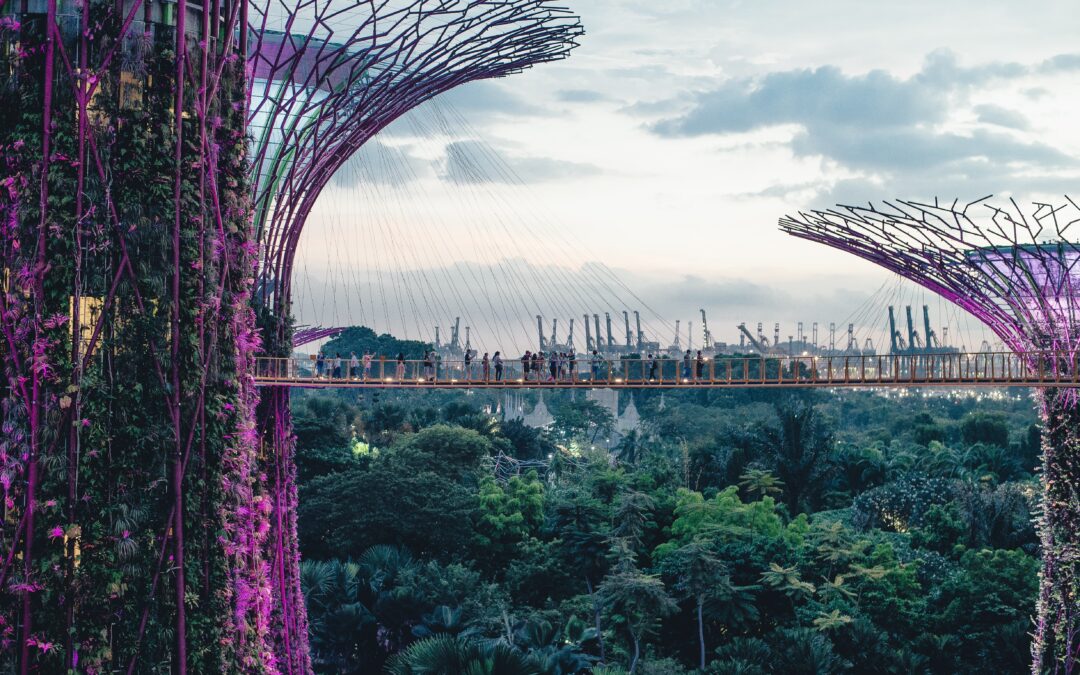Today, I am entering into the 10th week of my 12-week coding bootcamp at Savvy Coders. I am also a farmer with an abundant and lively herb garden. I am also a youth mentor, facilitator, coach, artist and author. Yet, nothing seems as important to me as the work I do in service to nature.
I grew up in Southern Appalachia, the Blue Ridge Mountains, Western North Carolina and indigenous Tsalagi (Cherokee) lands. I grew up running through forests, playing in ponds, waving at the horses in neighborhood nurseries, picking up produce from farms and observing the tiny worlds of insects and plants. You could have never told me that my life’s work would involve fighting for the justice that the environment deserves and sharing holistic wellness practices. But, life is what happens as you’re busy making plans as they say.
Now, my inner, nature-based world and outer design-based world are colliding so I decided to do some reflection and bring forward some of the principles found within permaculture in order to prove to myself that the two could, and perhaps should co-exist. It may appear, at first glance, that the realms of permaculture and web development have little in common. One is rooted in the soil, the other in code; one addresses the flow of water and nutrients, the other the flow of information. Yet, the shared foundations of both domains and reveal how the principles of permaculture relate to the digital design process and that nature is actually our best teacher of design principles.
The Basics: What is Permaculture?
Permaculture, at its core, is a system of agricultural and social design principles centered on simulating or directly utilizing the patterns and features observed in natural ecosystems. Just as you use algorithms and design patterns in your software and websites, we in permaculture use nature’s patterns to cultivate productive systems. One of the key principles in permaculture is stacking functions: ensuring that each element of a design serves multiple purposes. A pond, for instance, can be a source of water, a habitat for aquatic life, and a reflection point for sunlight to nearby plants. In web design, this is akin to modular design. Each module, be it a widget or a piece of code, can serve multiple purposes across the platform.
Designing with Nature, Not Against It
In the digital world, when you encounter a problem, you don’t force a solution. Instead, you iterate, test, and adapt. The same goes for permaculture. We don’t work against nature, but with it. We observe, understand, and then make nature our partner.
Nature’s Design Patterns: Resilience, Redundancy, and Diversity
In both the natural and digital realms, systems that have multiple pathways tend to be more robust than those reliant on a single method or process. In nature, a forest with a diversity of plants, animals, and microorganisms can recover quickly from disturbances. Similarly, in web development, creating a website with multiple fail-safes, backups, and redundancies ensures a smoother user experience even when a part of the system encounters an error.
Feedback Loops & Closing the Loop
Both in the digital world and in nature, feedback loops provide a mechanism for adaptation and growth. In web design, user feedback helps improve the user interface, while in permaculture, the feedback from soil, water, and organisms inform our design decisions. The concept of zero waste is crucial in permaculture. Instead of waste, we see resources. Plant trimmings become compost, which nourishes the soil, which feeds the plants, and the cycle continues. Web developers can adopt this perspective by ensuring that no piece of code or design element is wasted. Reuse and recycle your modules, and find ways to ensure that even discarded prototypes or deprecated elements find new life in other projects.
…so, what am I taking away from this reflection?
Just as nature is a constantly evolving, interconnected web of life, so too is the world wide web an evolving, interconnected tapestry of code, design, and human interaction. In essence, permaculture and web design both harness the profound intelligence and elegance of systems thinking. As web developers, by looking to nature for inspiration, we can cultivate a richer, more resilient and harmonious digital ecosystem. I believe, wholeheartedly, that the more nature and design overlap, it becomes possible to make both as sustainable, diverse and beautiful.
Photo by Annie Spratt on Unsplash


